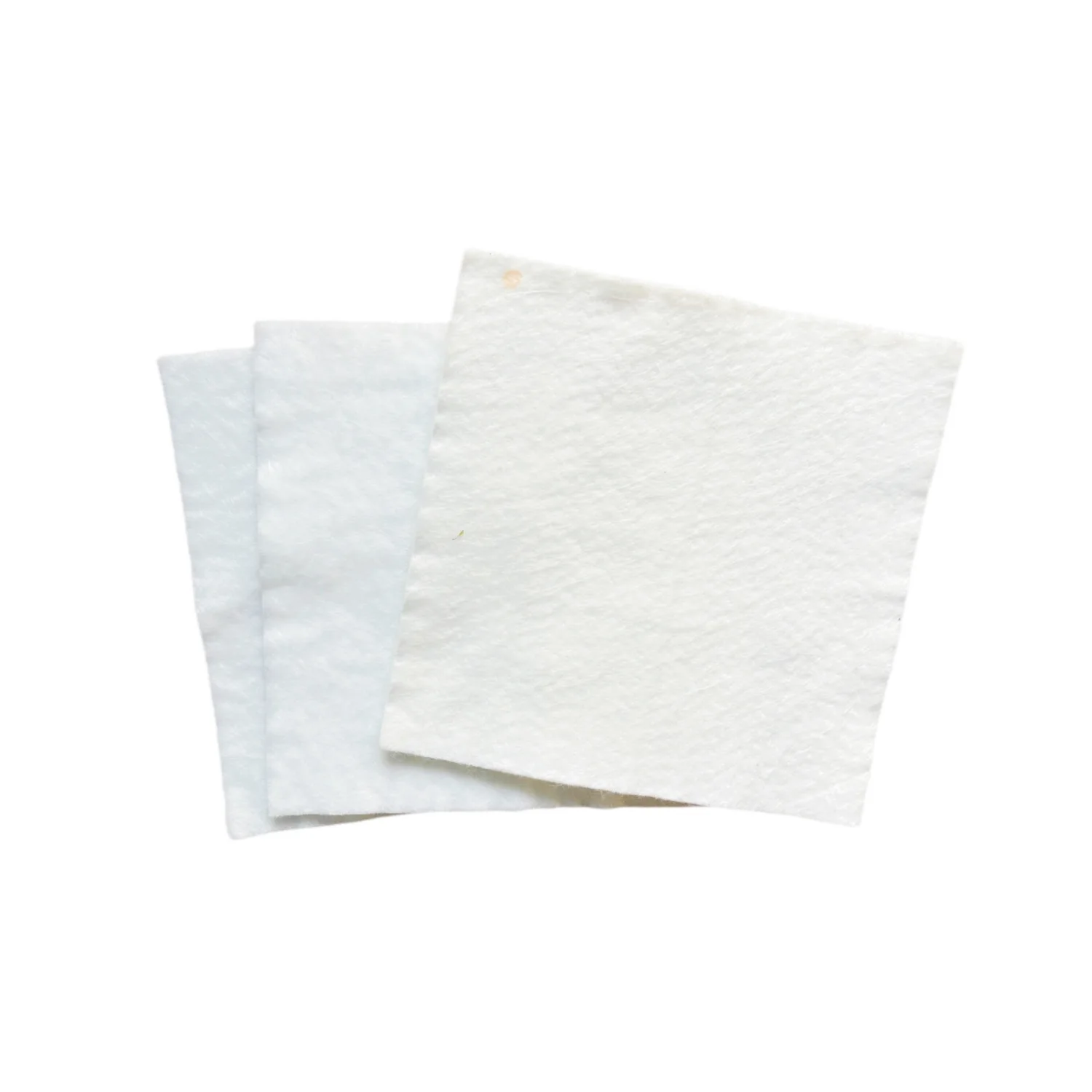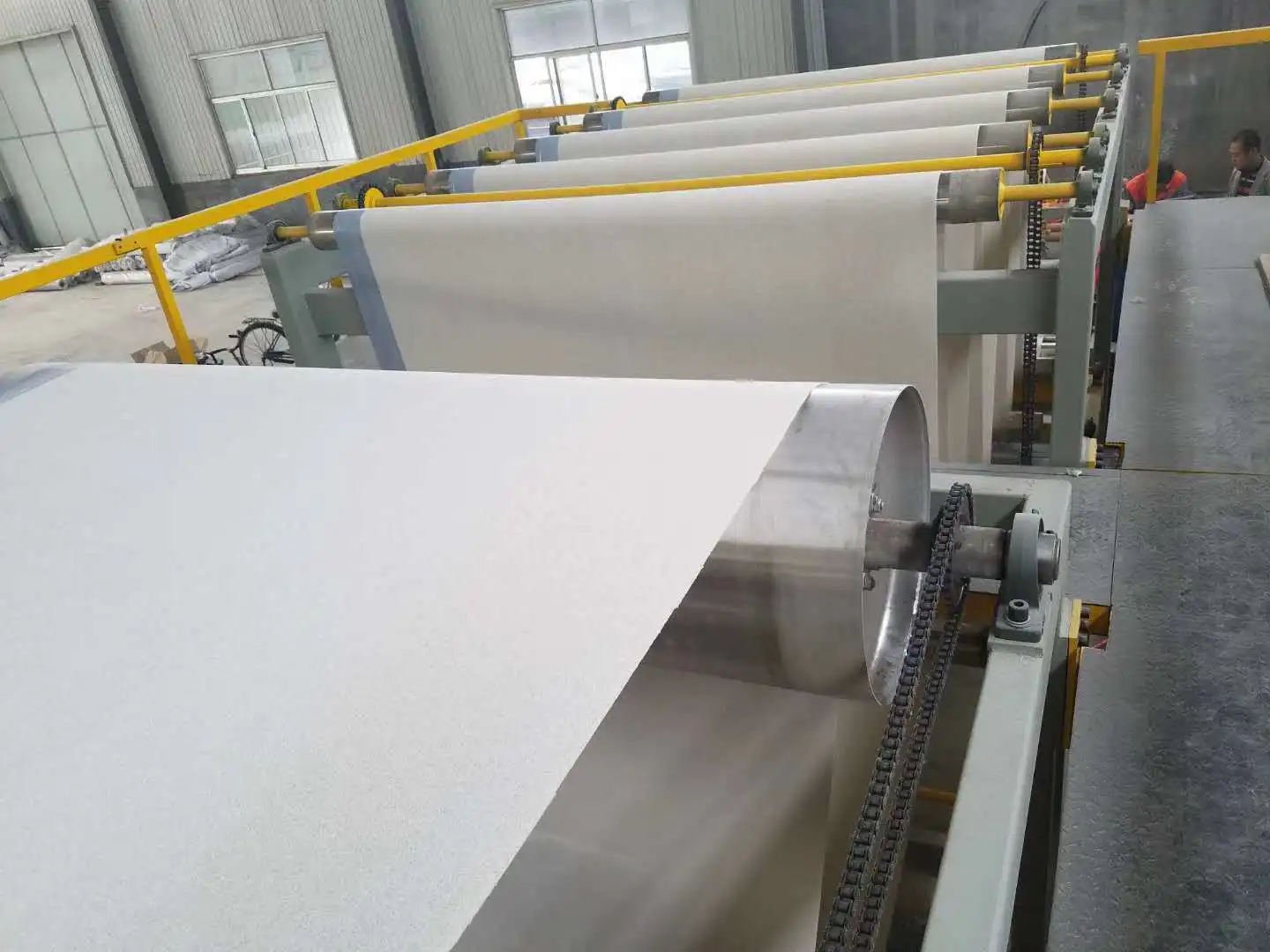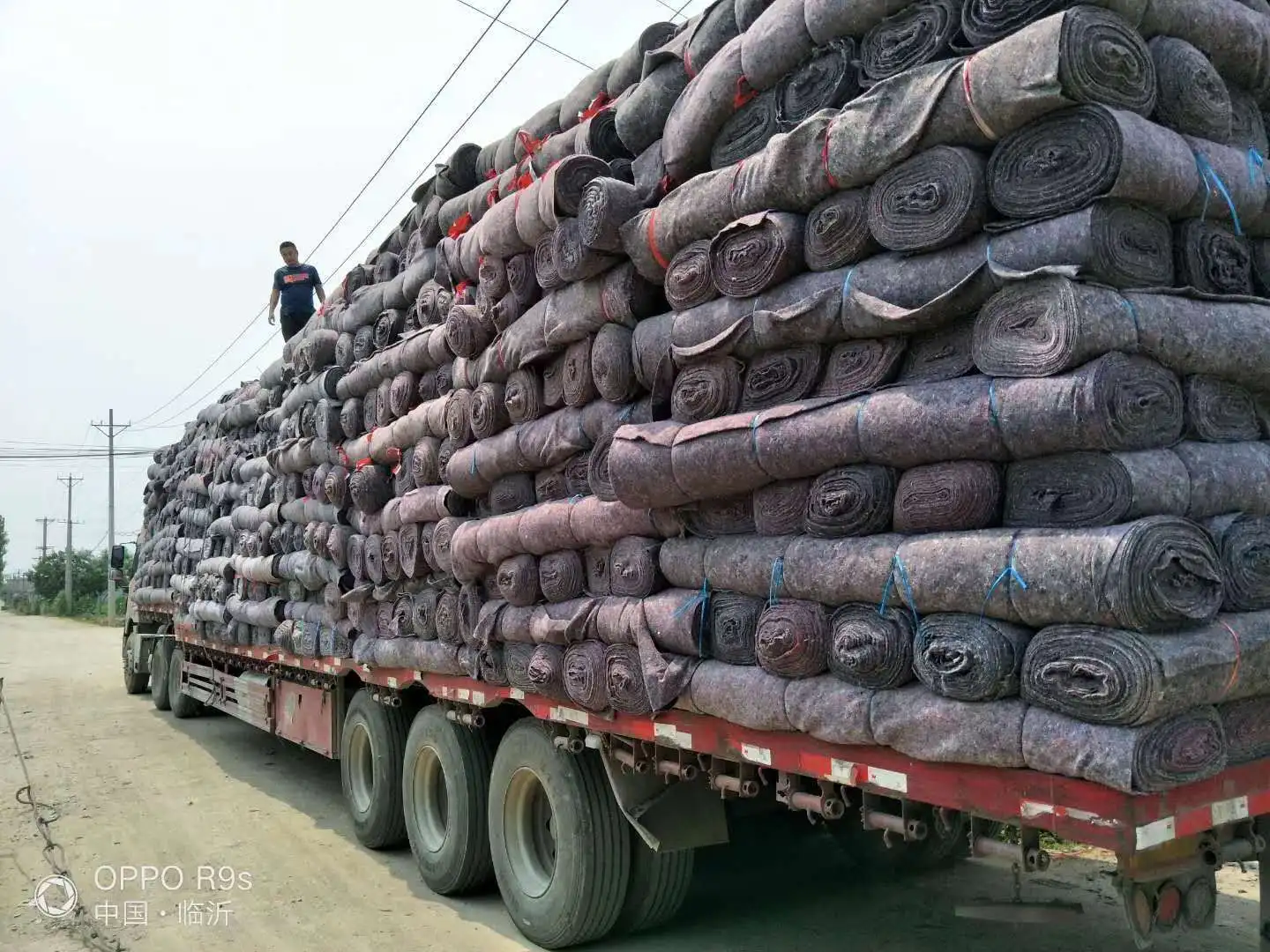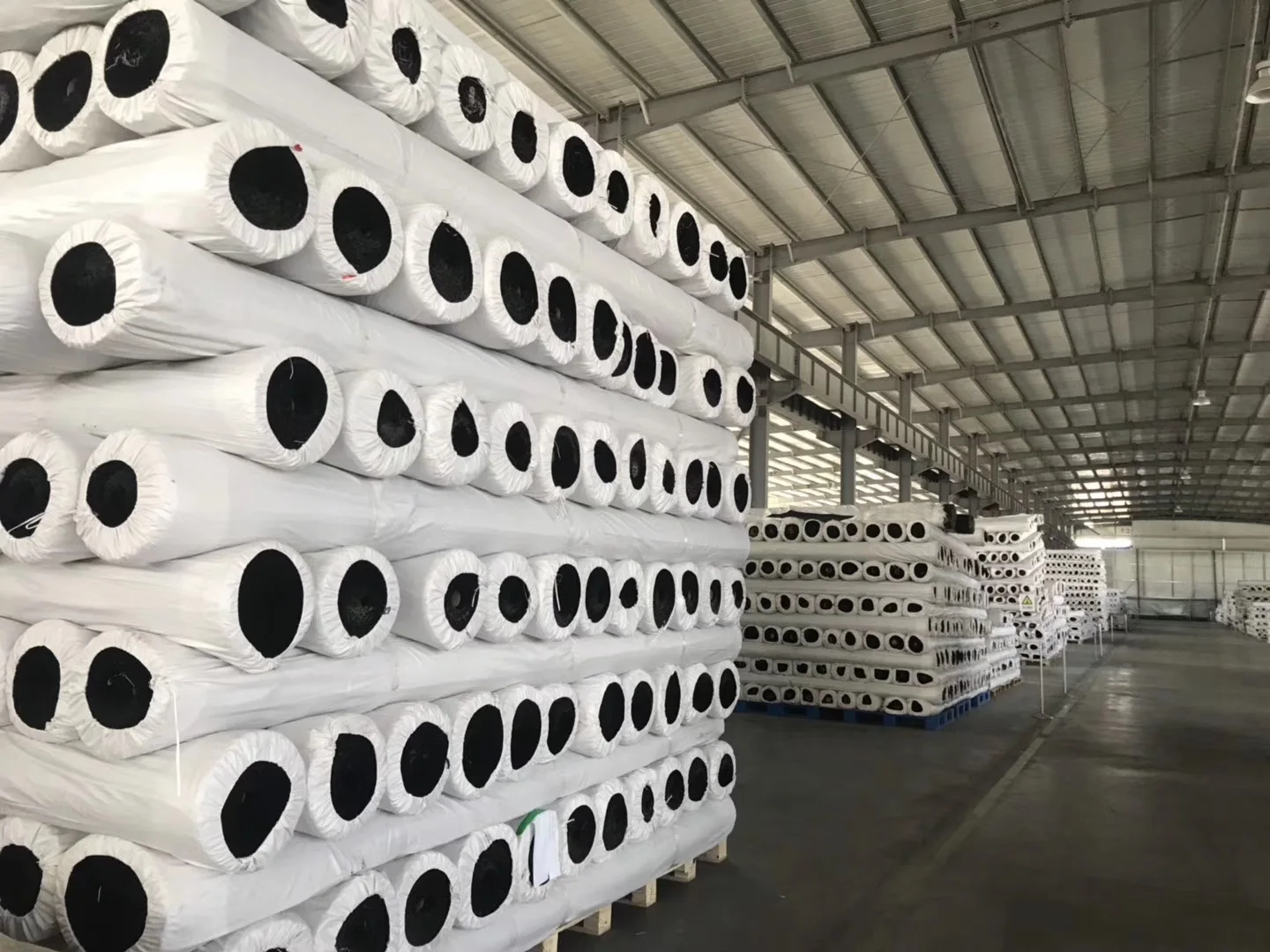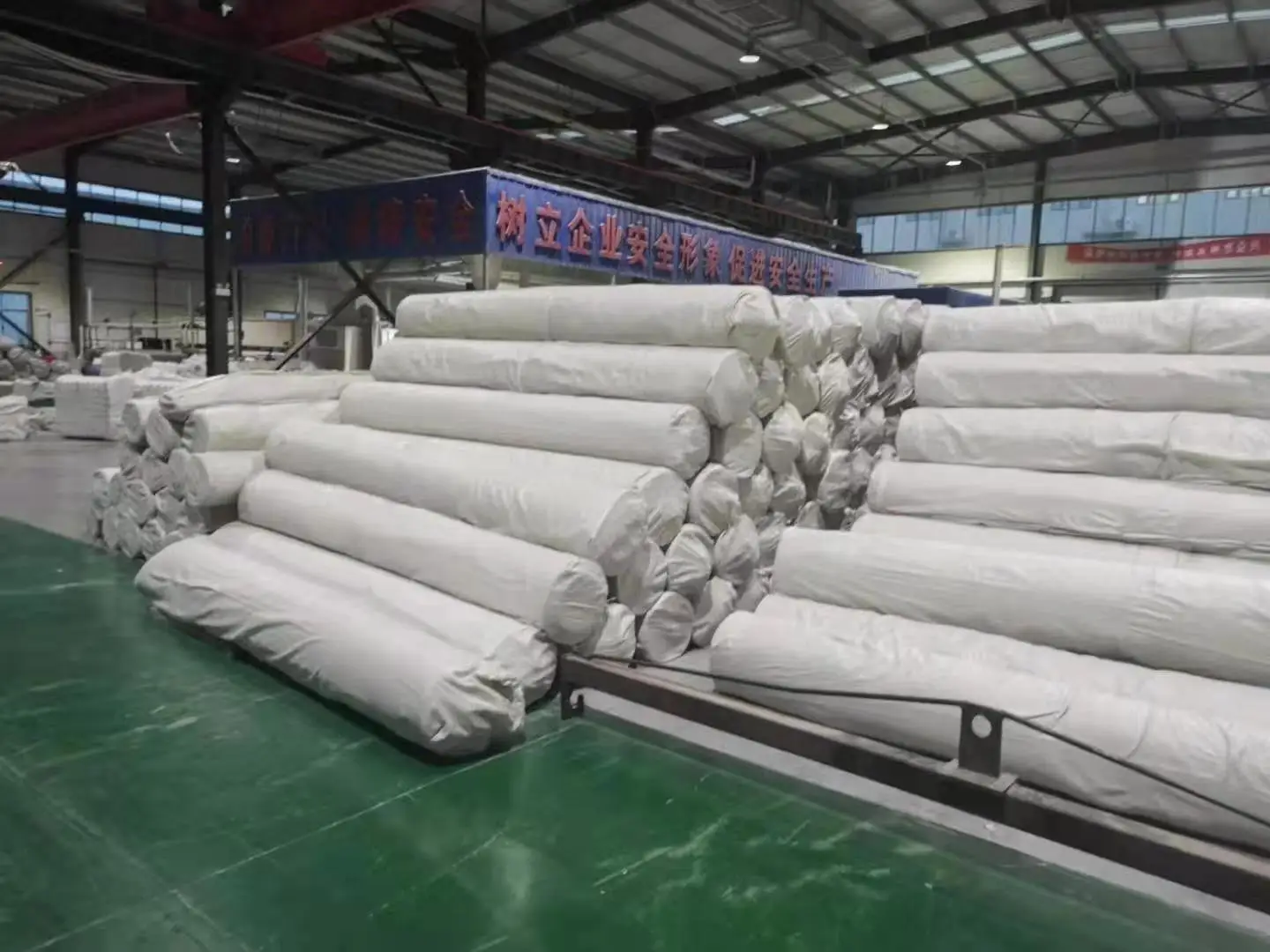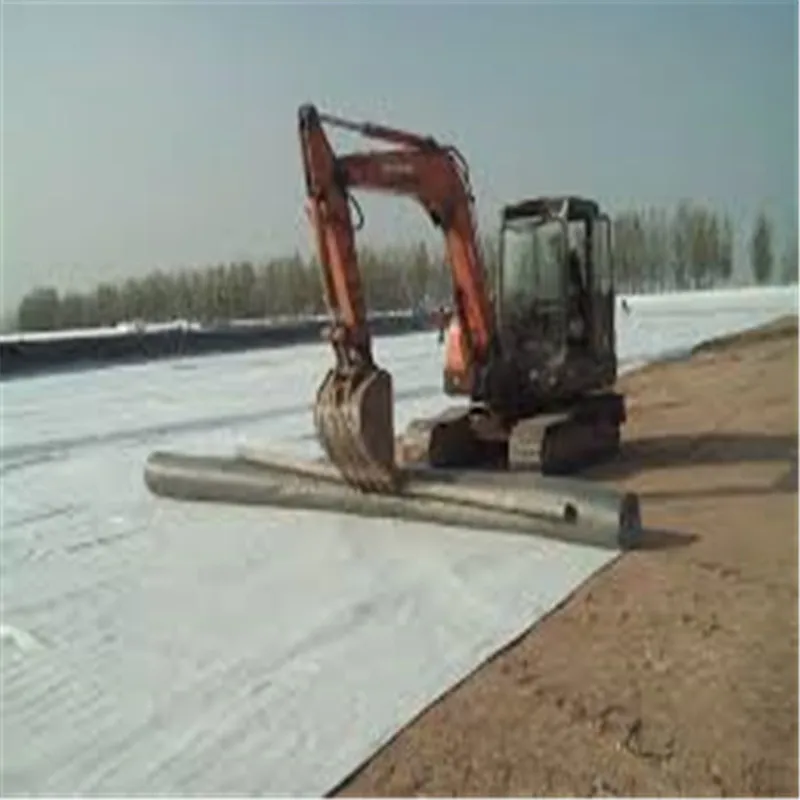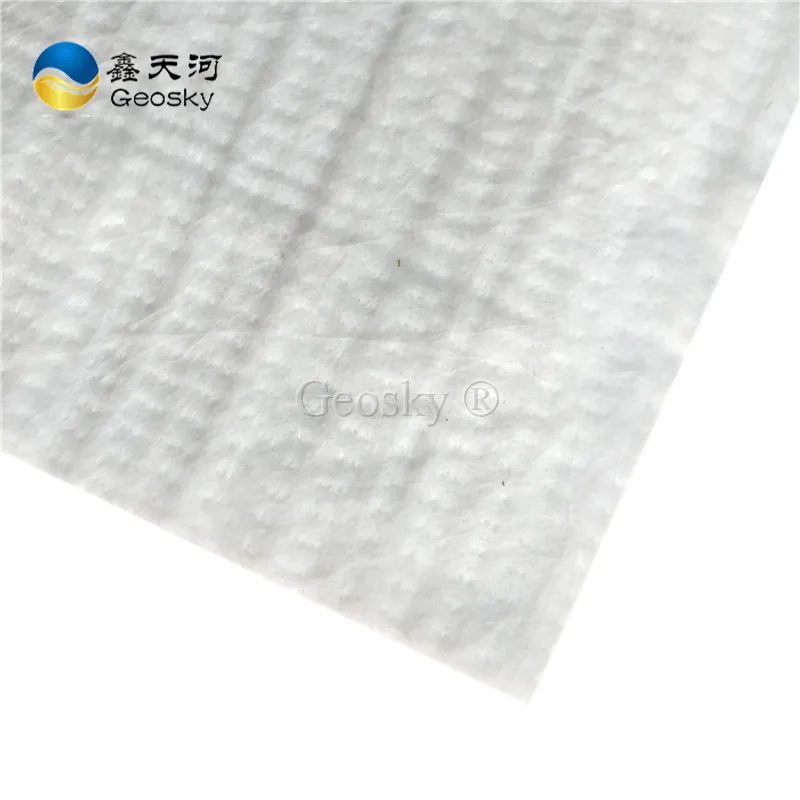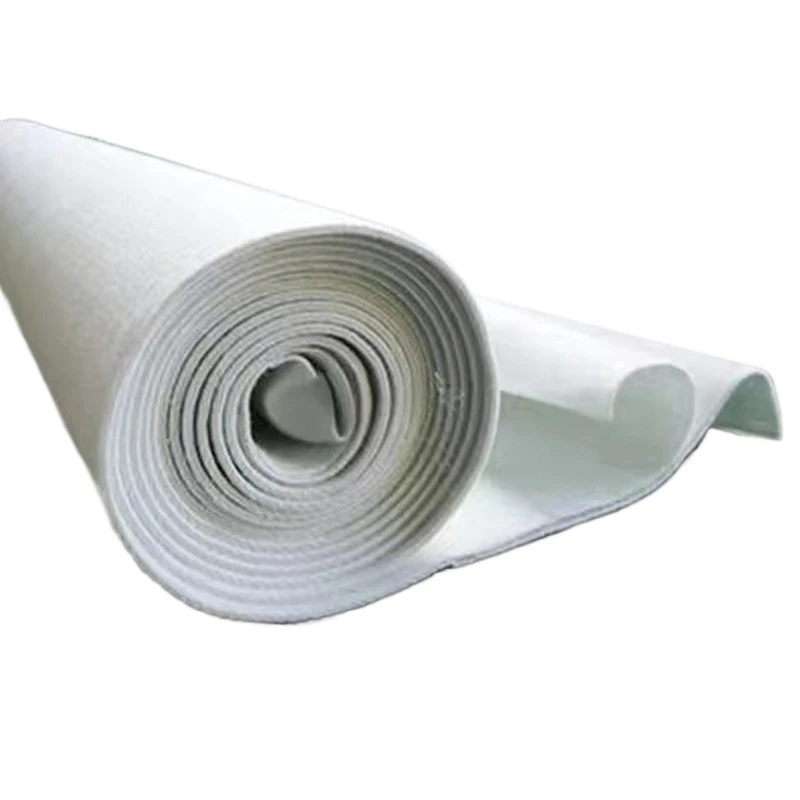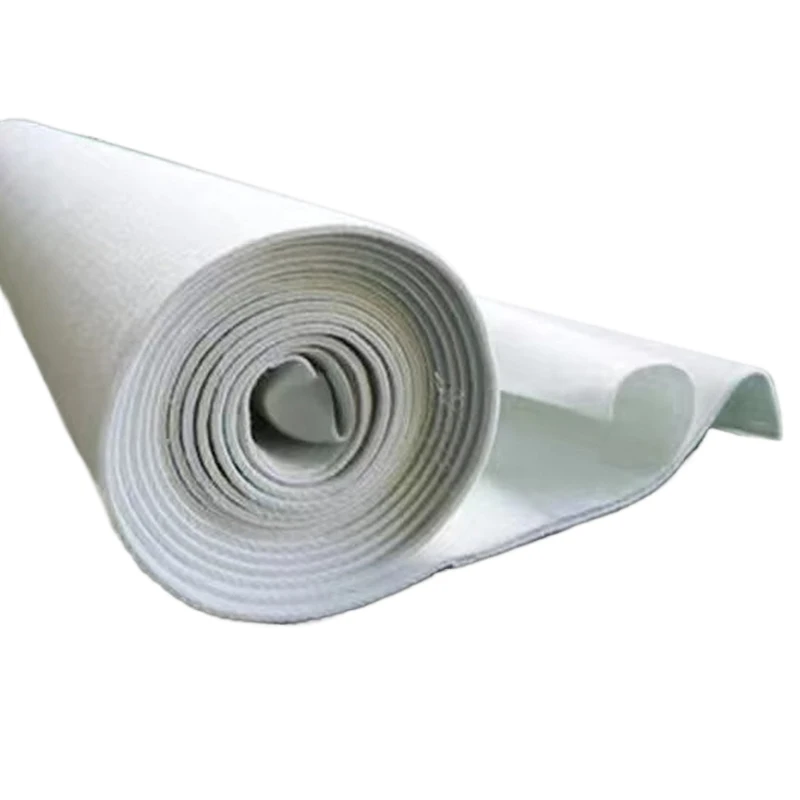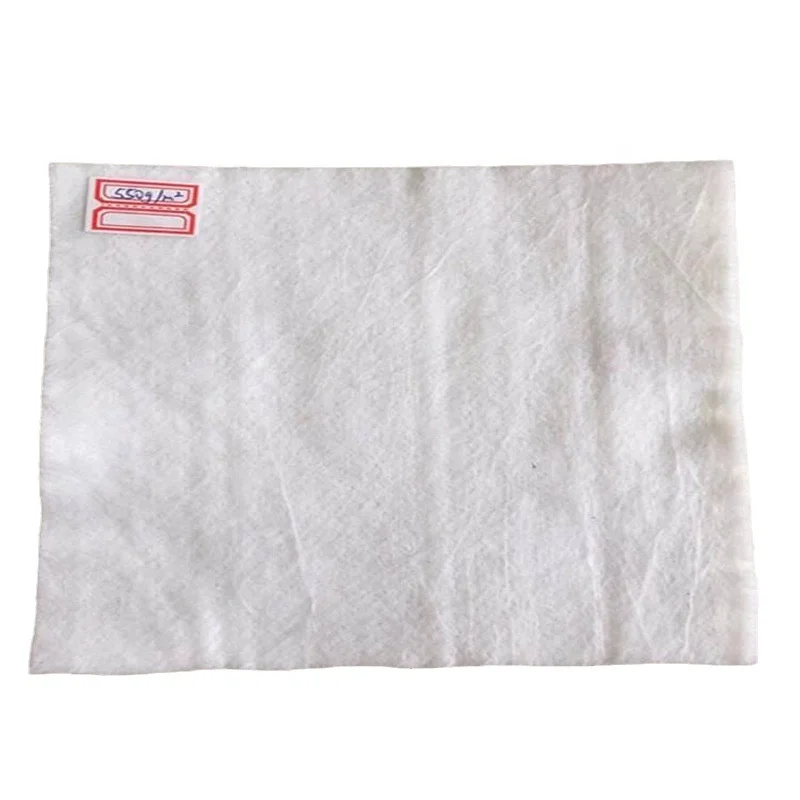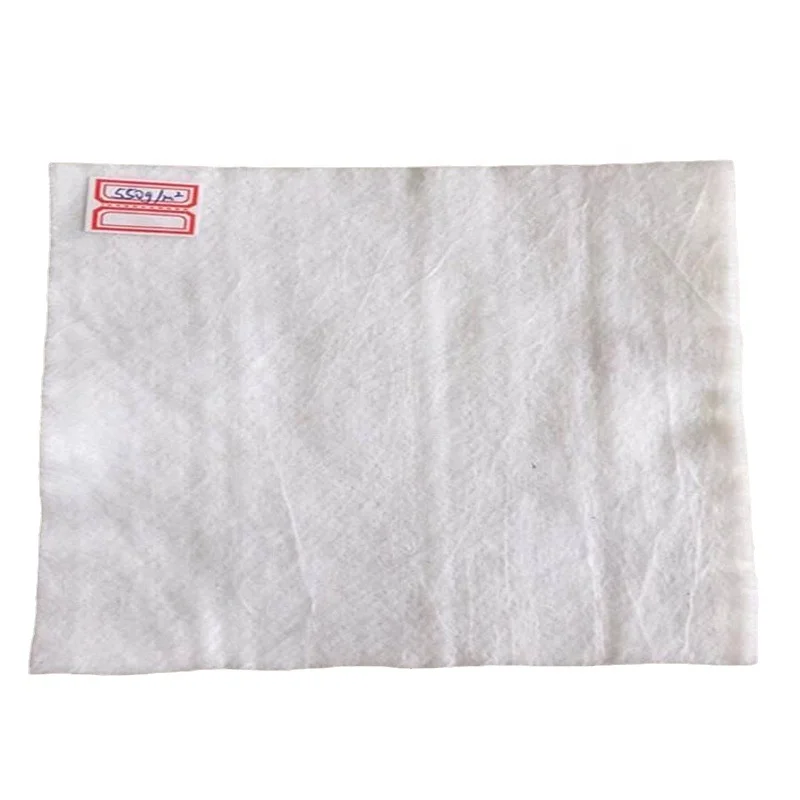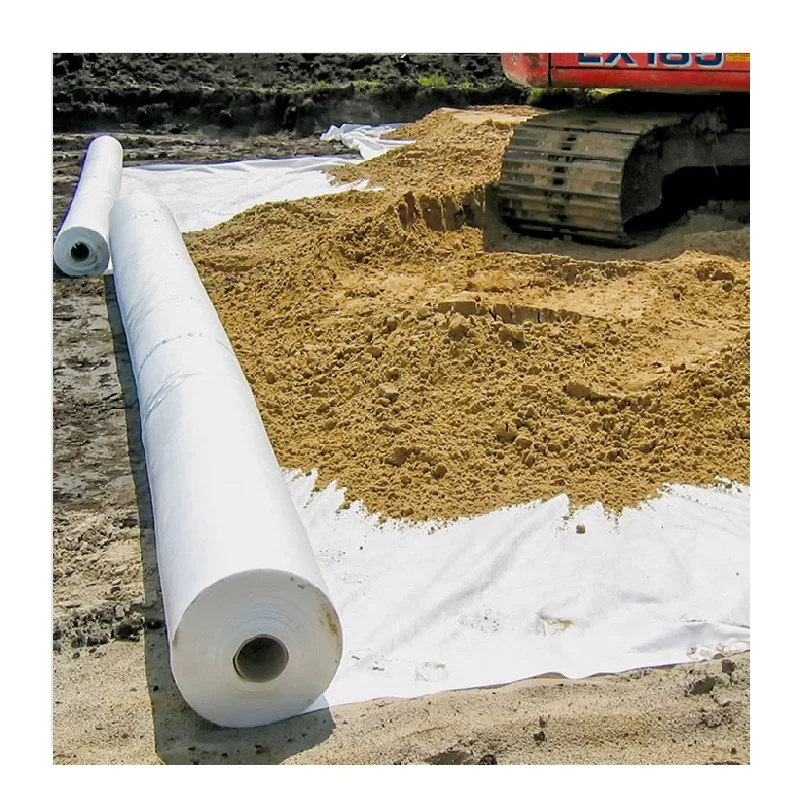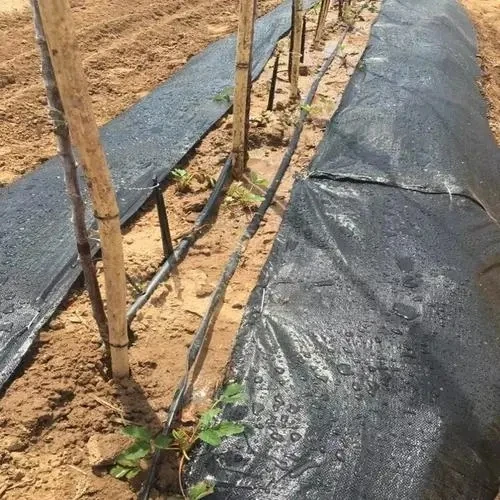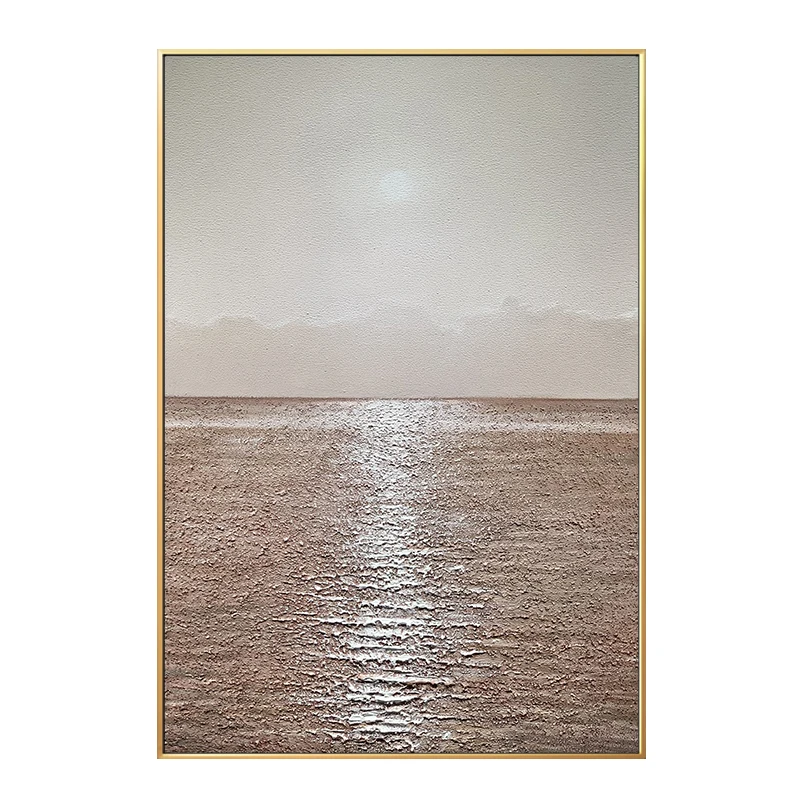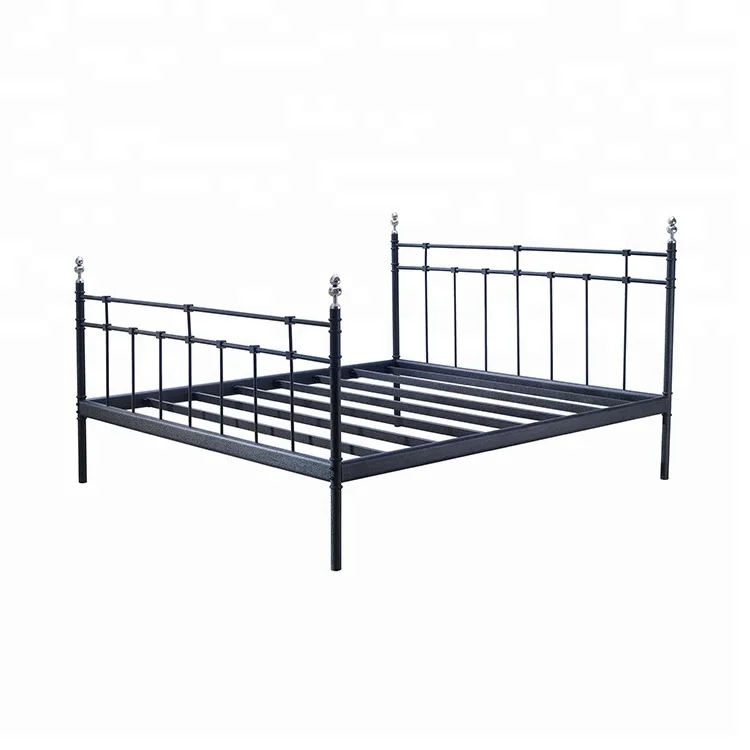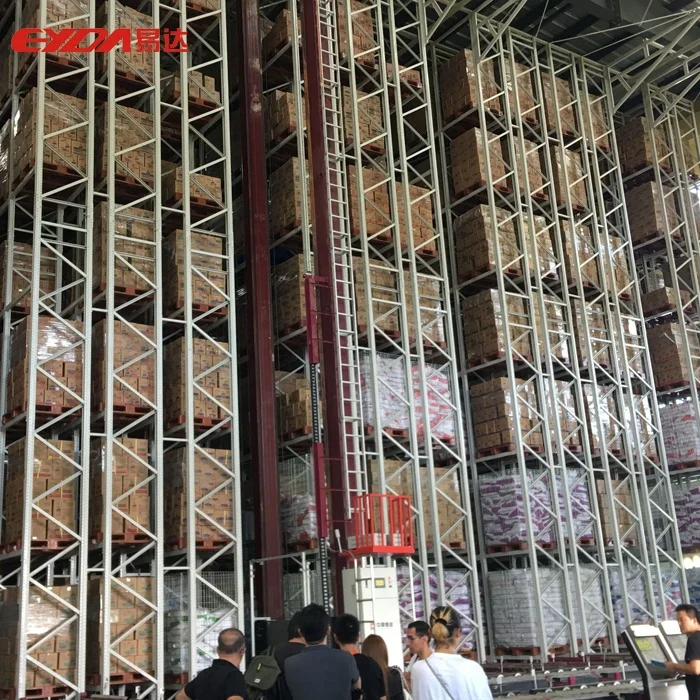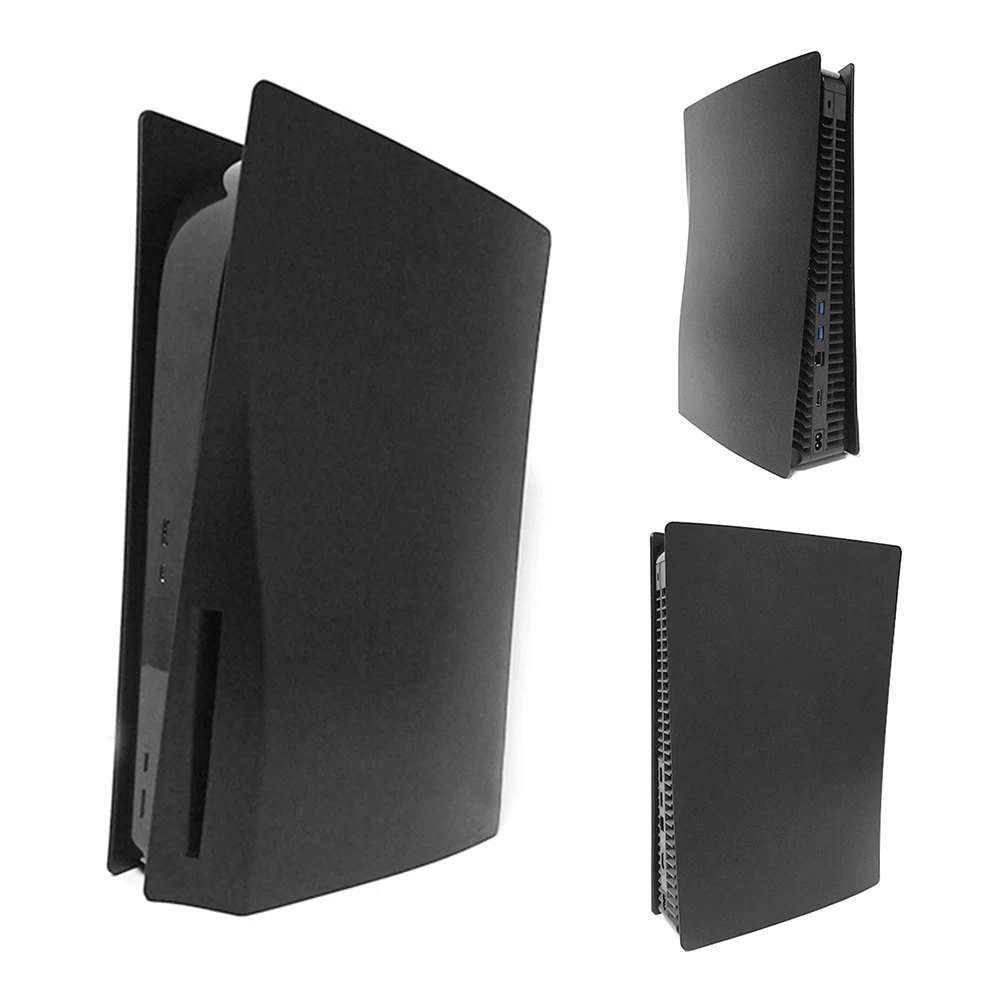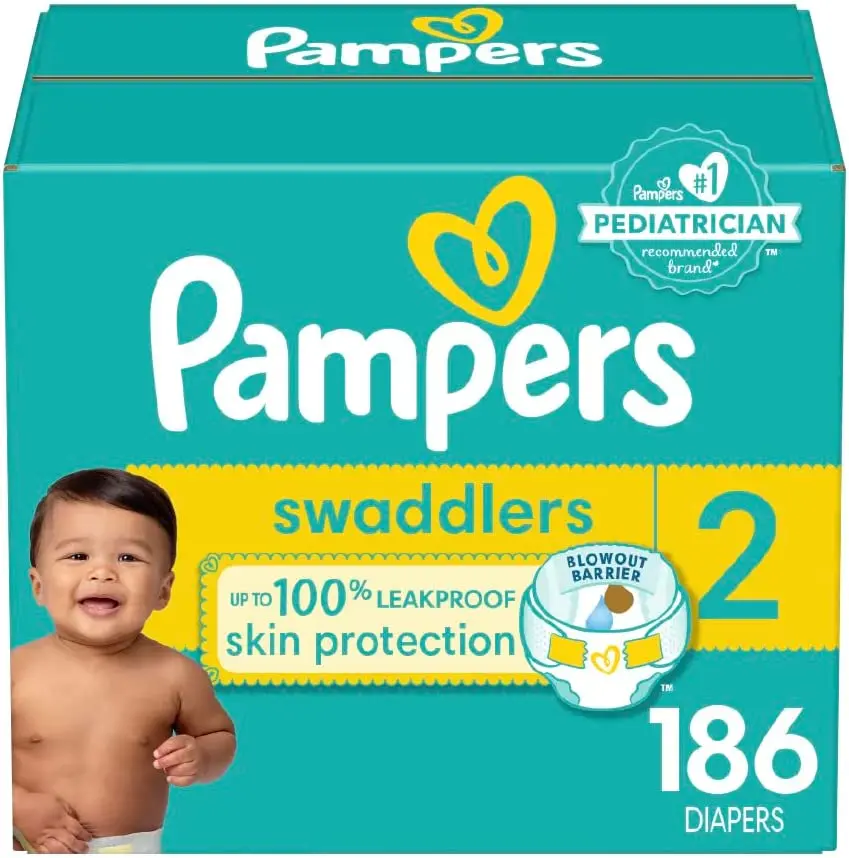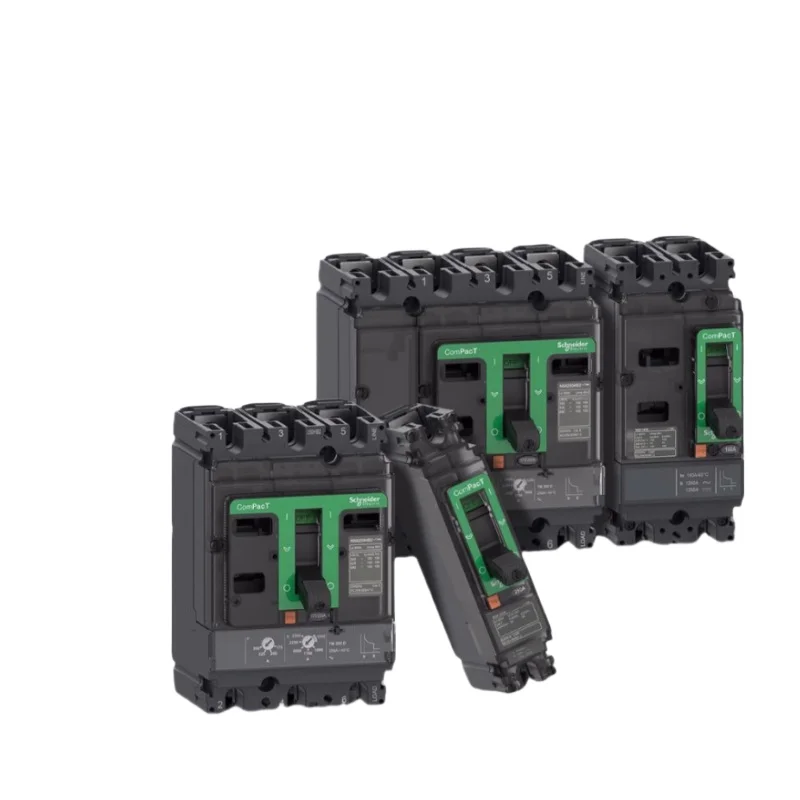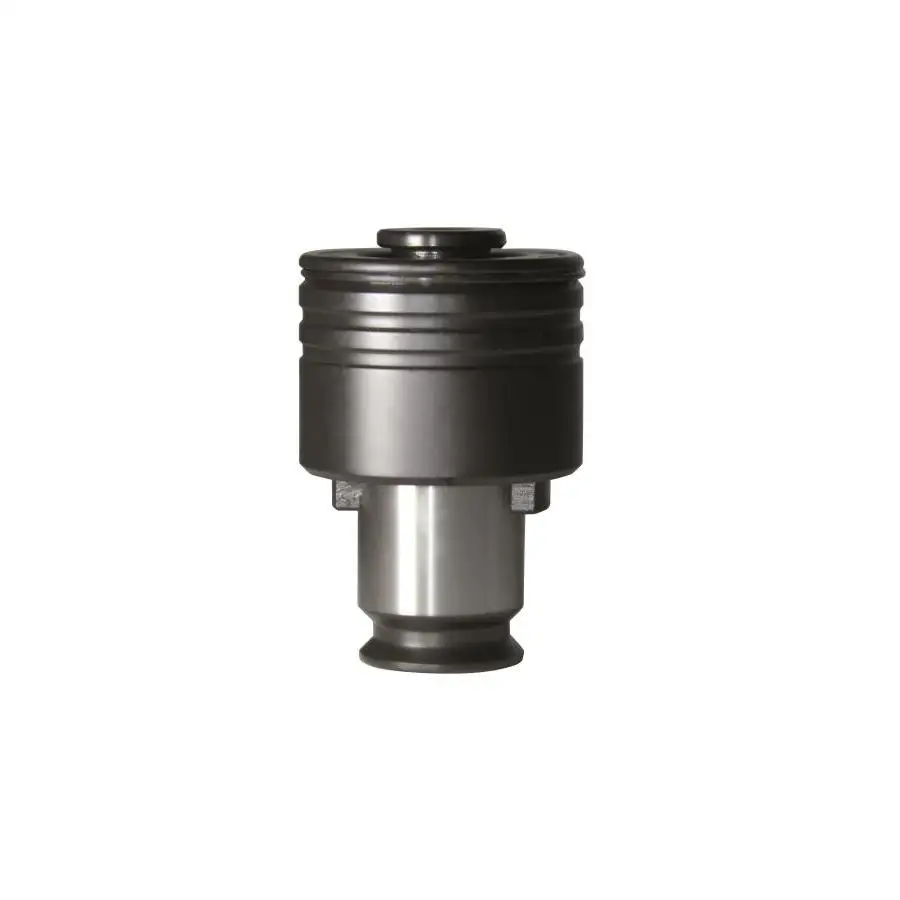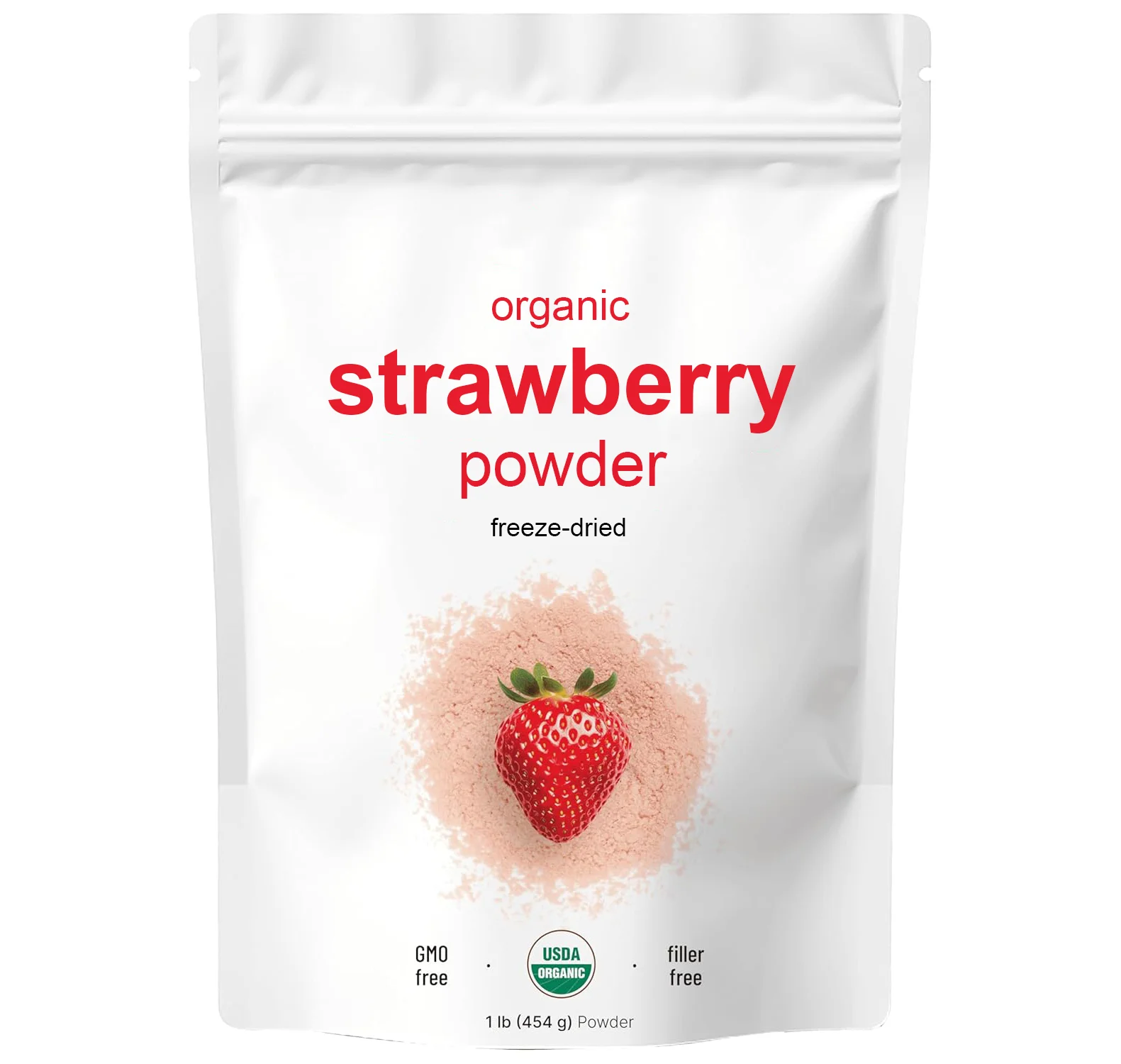Геотекстиль геосинтетика дорожная Строительная ткань водонепроницаемый геотекстиль
- Категория: >>>
- Поставщик: Tengzhou Jiete Machinery Equipment Co. Ltd.Tengzhou Ltd.
Сохранить в закладки 1601349713098:
Описание и отзывы
Характеристики

Geotextile
Geotextile, also known as geosynthetics or earthwork fabric, is a type of permeable geosynthetic material made from synthetic fibers through needle punching or weaving. It is primarily composed of materials such as polyester, acrylic, and nylon.
1. High Strength: It maintains sufficient strength and elongation in both dry and wet conditions due to the use of plastic fibers.
2. Corrosion Resistance: It can endure corrosion in soil and water with different pH values for a long time.
3. Good Water Permeability: The gaps between the fibers provide excellent seepage performance.
4. Microbial Resistance: It is resistant to damage from microorganisms and insects.
5. Lightweight and Flexible: This makes it easy to transport, lay, and construct.
6. Comprehensive Specifications: The width can reach up to 9 meters, and the unit area mass ranges from 100 to 1000 grams per square meter, catering to different engineering needs.
2. Corrosion Resistance: It can endure corrosion in soil and water with different pH values for a long time.
3. Good Water Permeability: The gaps between the fibers provide excellent seepage performance.
4. Microbial Resistance: It is resistant to damage from microorganisms and insects.
5. Lightweight and Flexible: This makes it easy to transport, lay, and construct.
6. Comprehensive Specifications: The width can reach up to 9 meters, and the unit area mass ranges from 100 to 1000 grams per square meter, catering to different engineering needs.
It is used as slope protection material for soil, effectively preventing erosion and scouring of the slope surface and slope toe, thereby maintaining soil stability.
Significant applications include seawall, dyke, and lake embankment projects, reservoir reinforcement engineering, reclamation projects, and flood control efforts.
Significant applications include seawall, dyke, and lake embankment projects, reservoir reinforcement engineering, reclamation projects, and flood control efforts.
It significantly enhances engineering stability and safety in soft foundation reinforcement, slope protection, anti-reflection crack structure layers for pavements, drainage systems, and greenbelt isolations.
Geotextile helps reduce soil erosion and water loss, protecting the ecological environment.
It is widely used in landfill lining systems, waste management facilities, and erosion control projects.
It is widely used in landfill lining systems, waste management facilities, and erosion control projects.








Похожие товары
Лидер продаж Лучшая экспортная пошлина освобождает нетканый геотекстиль 800 г м2
45,26-147,07 ₽
OEM Заводская распродажа сотканный геотекстиль 800 кН/м
45,26-147,07 ₽
100% геотекстиль для защиты склонов полипропилен черного цвета
11,32-22,63 ₽
Высокопрочный полипропиленовый многослойный тканый геотекстиль PP PET для дорожного строительства
124,44-135,76 ₽
Произведено в Фуцзянь Китай 150 г 200 300 500 800 геотекстиль для проекта строительства дорог
11,32-22,63 ₽
Высококачественный нетканый материал бесплатный образец Полиэтиленовая нить геотекстильная ткань 250 г/м2
21,50-28,29 ₽
Заводская низкая цена полипропиленовая сверхпрочная пластиковая сетка для защиты травы
11,32-18,11 ₽
Новые поступления
Новинки товаров от производителей по оптовым ценам
Светлая Золотая морская солнечная энергия ландшафтное украшение постмодерн минималистский стиль чистая ручная роспись маслом 24x3 1 дюйм/60x80
35-53 $
Европейские антикварные простой Последние двойной металлической кровати
Автоматизированная складская система автоматического хранения в Гуанчжоу Eyda с эффективными стеллажами и
10 000-35 000 $
Декоративный чехол для PS5 Сменный Чехол консоли пластины Playstation5 пылезащитный с защитой от царапин
7,50-7,70 $
Лучшее качество детские подгузники для сухих подгузников новорожденных размер 2 4 и большие доставка или
3 $
Выключатель для формованного корпуса Schneider NSX100N 50KA AC 3P3D 25A TMD новая модель C10N3TM025
Буф2-.. М .. Краны
Оптовая продажа высококачественный сублимированный клубничный порошок Заводская поставка
5,50-6,40 $
